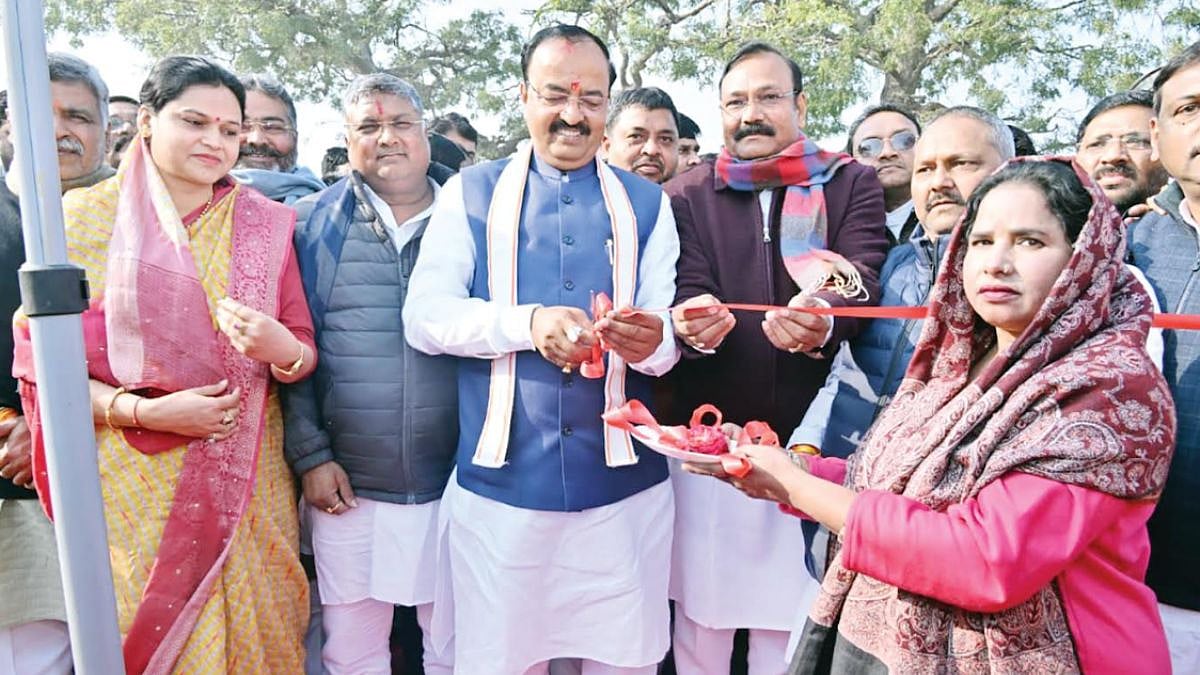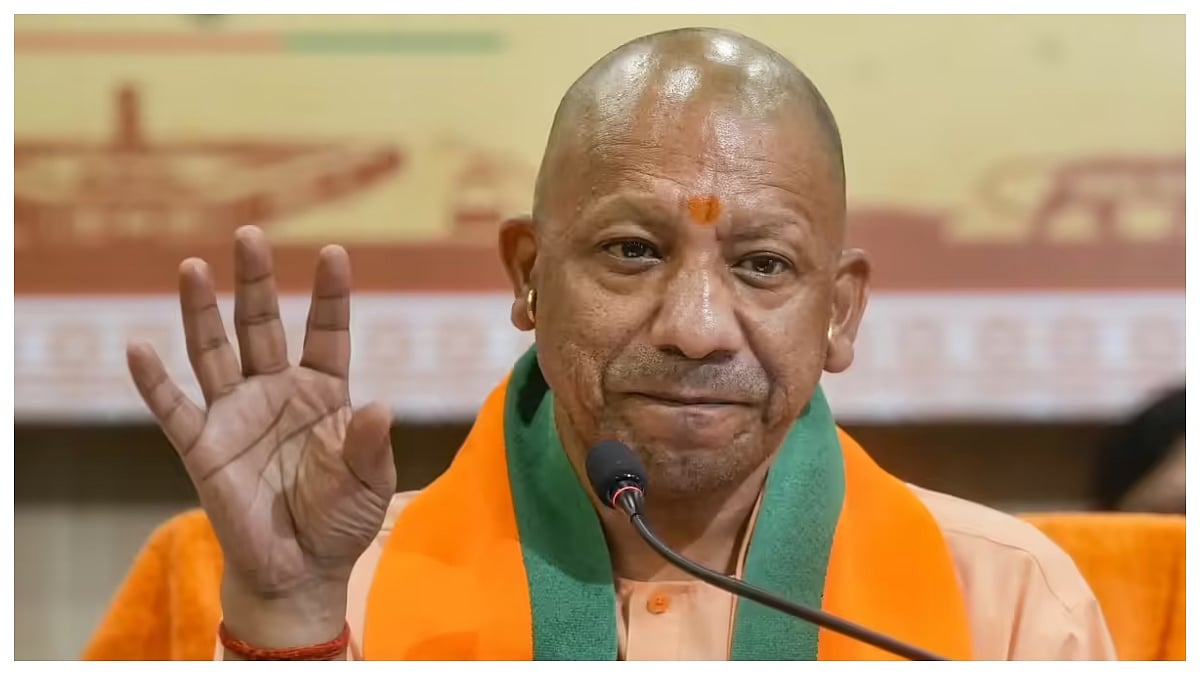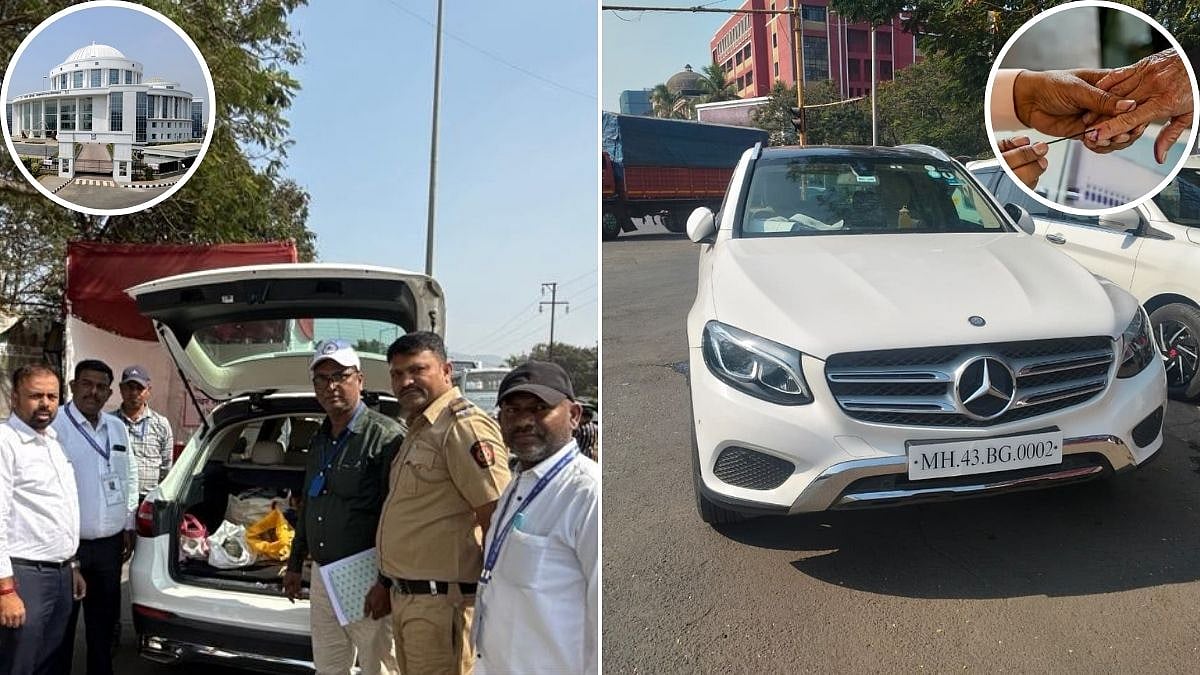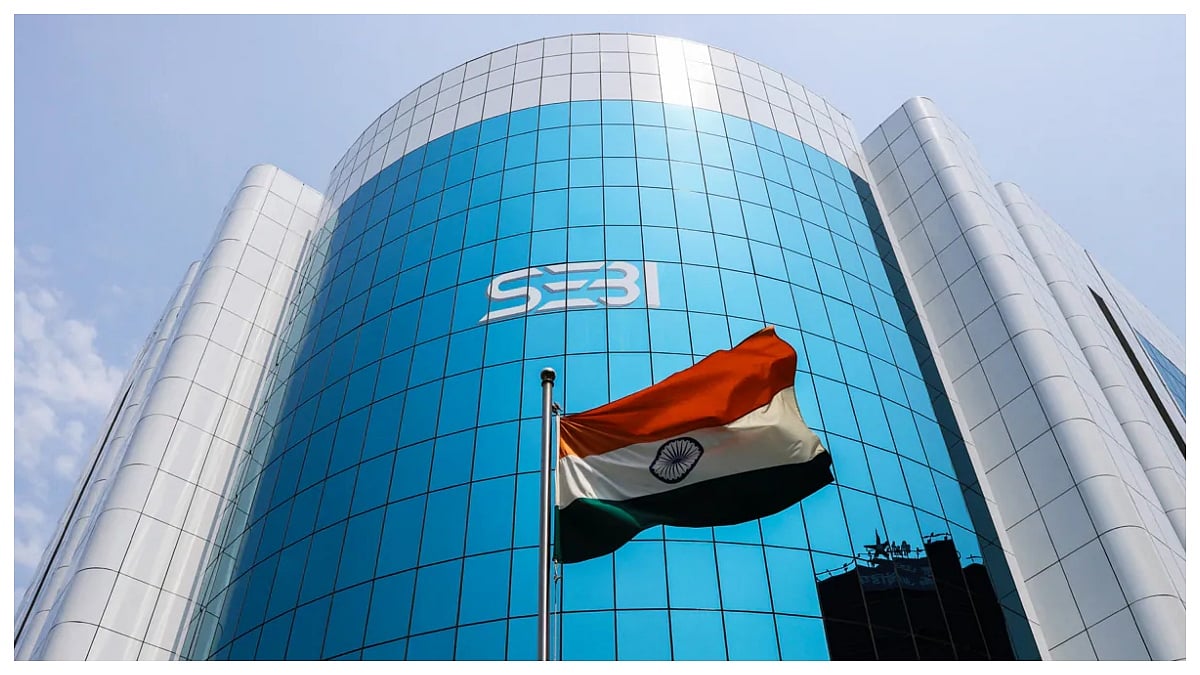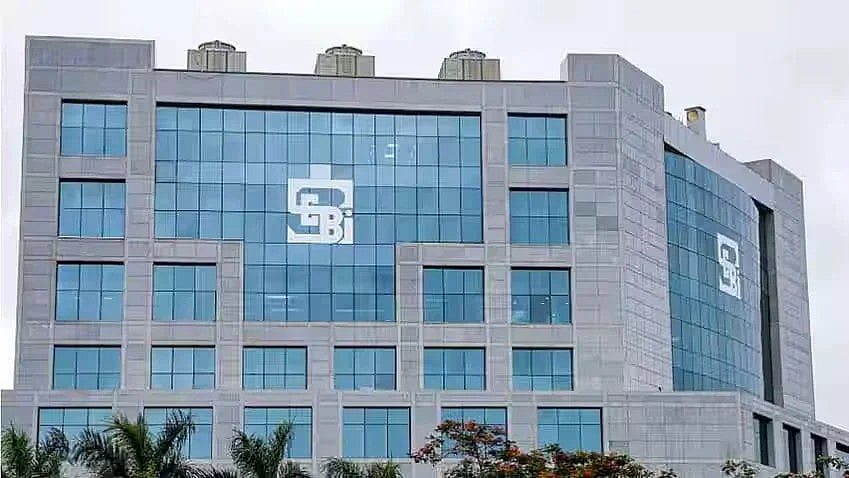The Reserve Bank has decided to continue with all the enhanced borrowing limits through the ways and means advances (WMA) and overdraft facility this fiscal.
Since the beginning of the pandemic and resultant higher borrowings, states have been paying higher interest to their bondholders - trending close to 7 per cent all so far this fiscal. This is despite many of them borrowing less than the notified amount by tapping the WMA window more often this time around, and as of July, it has risen 35 per cent to Rs 92,000 crore.
As recommended by the Sudhir Shrivastava-led panel that reviewed the WMA limits for states and UTs, the Reserve Bank has enhanced the interim WMA limits and has given Rs 51,560 crore till September-end to help states tide over the difficulties during the pandemic, the central bank said on Friday, announcing the fourth monetary policy review wherein it left all the key policy rates unchanged.
“Considering the uncertainties related to the ongoing pandemic, it has been decided to continue with the enhanced WMA limits up to March 31, 2022,” RBI Governor Shaktikanta Das said.
It has also been decided to continue the liberalised measures introduced to deal with the pandemic, such as enhancing the maximum number of days of OD in a quarter from 36 to 50 days and the number of consecutive days of OD from 14 to 21 days, up to the end of this fiscal, the governor added.
These measures are expected to help the states and UTs manage their cash flows better. The details in this regard will be issued separately, he said.
According to Care Ratings, most of the states have been meeting their revenue shortfalls by tapping into the financial accommodation being provided by the RBI through short-term borrowing via the special drawing facility (SDF) and WMA.
Till July 21, the WMA borrowings rose 35 per cent to Rs 92,000 crore from last year level. However, this moderated during mid-July and August thanks to the receipt of GST compensation shortfall to the tune of Rs 75,000 crore from the Centre as well as the easing of the lockdowns across states, the rating agency said.
This fiscal, Andhra Pradesh, Kerala, Telangana, and Punjab were the major states that have drawn down from the special RBI windows.
The states were also paying for their debt, which as of October 5 rose to 6 bps over the previous week to 6.91 per cent, further extending the spread between the 10-year state bonds and the same tenor G-secs to 68 bps from 65 bps a week ago.
At the latest state government securities auctions on October 5, 17 states raised Rs 22,809 crore, taking the cumulative amount raised so far this fiscal to Rs 3.32 lakh crore (by 27 states and Delhi), which is 12 per cent less than Rs 3.76 lakh crore raised by 28 states and two UTs during the same period last fiscal.
Also, the borrowings so far in FY22 are 10 per cent lower than the borrowings as per the indicative auction calendar for this period.


